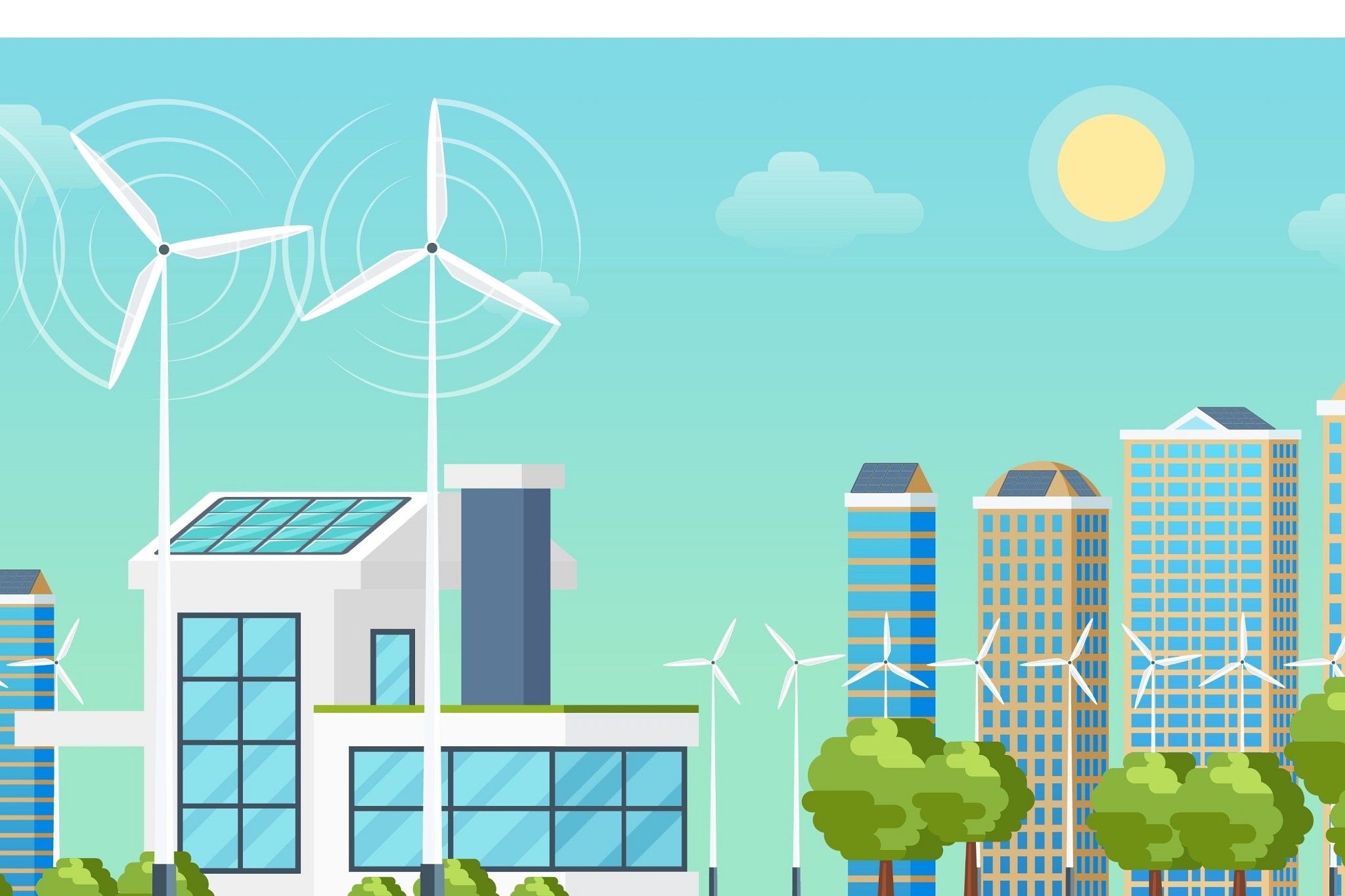Science
Budget 2021: What The ‘Hydrogen Energy Mission’ Means For India In The Long Run
- The focus will be on generating hydrogen from green power sources while the approach thus far has relied on the use of fossil fuels.

Representative image. (Freepik)
Finance Minister Nirmala Sitharaman proposed to launch a 'Hydrogen Energy Mission' in 2021-22 for generating hydrogen from green power sources.
She made the announcement while presenting the Union Budget 2021-22 in Lok Sabha today (1 February).
Earlier, Prime Minister Narendra Modi had touched upon the mission in November 2020. "We are proposing to launch a comprehensive National Hydrogen Energy Mission,” he had said while addressing the third edition of the Re-Invest Conference.
Hydrogen produced from renewable sources has many uses and can help steer the world towards a cleaner future. But the approach to making hydrogen thus far has relied on fossil fuels. The proposed mission can help change this equation.
India is already keen on developing a hydrogen economy. It is a participant, one among 16 nations or groupings, in the Mission Innovation Renewable and Clean Hydrogen Challenge.
A report titled 'India Country Status Report on Hydrogen and Fuel Cells', launched by the Department of Science and Technology in mid-October last year, outlines the benefits of hydrogen in comparison to conventional fuels and with respect to tackling challenges in the energy sector.
"Hydrogen with its abundance, high energy density, better combustion characteristics, nonpolluting nature etc, have vast advantages over the conventional fuels," the report says.
There is a wide variety of primary and secondary energy sources of hydrogen – this can help to accommodate the local context in different parts of India and eventually help to cut the country's dependence on imports and move towards improved energy security.
"The use of hydrogen can reduce the CO2 related emissions significantly at the point of use and if green hydrogen is used then there is capability to decarbonize the entire value chain, enabling reduced emissions and climate change threats. It can even decarbonize the sectors where it is difficult to reduce emissions," says the report.
Funding agencies, which include the Ministry of Science and Technology, CSIR laboratories, Ministry of Petroleum and Natural Gas, Defence Research and Development Organisation, Indian Space Research Organisation, and oil and gas companies are supporting projects centred around hydrogen production, storage, and utilisation for power generation and transportation applications.
The focus of the research is said to be around the development of new materials, processes, components, and systems.
A 'Hydrogen Valley Platform' is also in the works, courtesy the Department of Science and Technology. The platform will look to create an integrated hydrogen ecosystem covering production, storage, distribution and end use.
As for applications, transportation is high up the list for hydrogen use. The transportation sector is a major consumer of oil, and India is heavily dependent on imports in this area.
Vehicles powered by hydrogen are said to be best-suited for use in the long-haul, heavy transport, and commercial fleets. In Germany and Italy, plans are already underway to power trains with hydrogen.
"...by 2050, nearly 80% of India’s hydrogen is projected to be ‘green’ – produced by renewable electricity and electrolysis," states a report titled 'The Potential Role of Hydrogen in India'.
According to the report, compiled by The Energy and Resources Institute, "green hydrogen will become the most competitive route for hydrogen production by around 2030".
Currently, 30 research projects in India are supported under the hydrogen and fuel cell programme of the Department of Science and Technology.
Introducing ElectionsHQ + 50 Ground Reports Project
The 2024 elections might seem easy to guess, but there are some important questions that shouldn't be missed.
Do freebies still sway voters? Do people prioritise infrastructure when voting? How will Punjab vote?
The answers to these questions provide great insights into where we, as a country, are headed in the years to come.
Swarajya is starting a project with an aim to do 50 solid ground stories and a smart commentary service on WhatsApp, a one-of-a-kind. We'd love your support during this election season.
Click below to contribute.
Latest